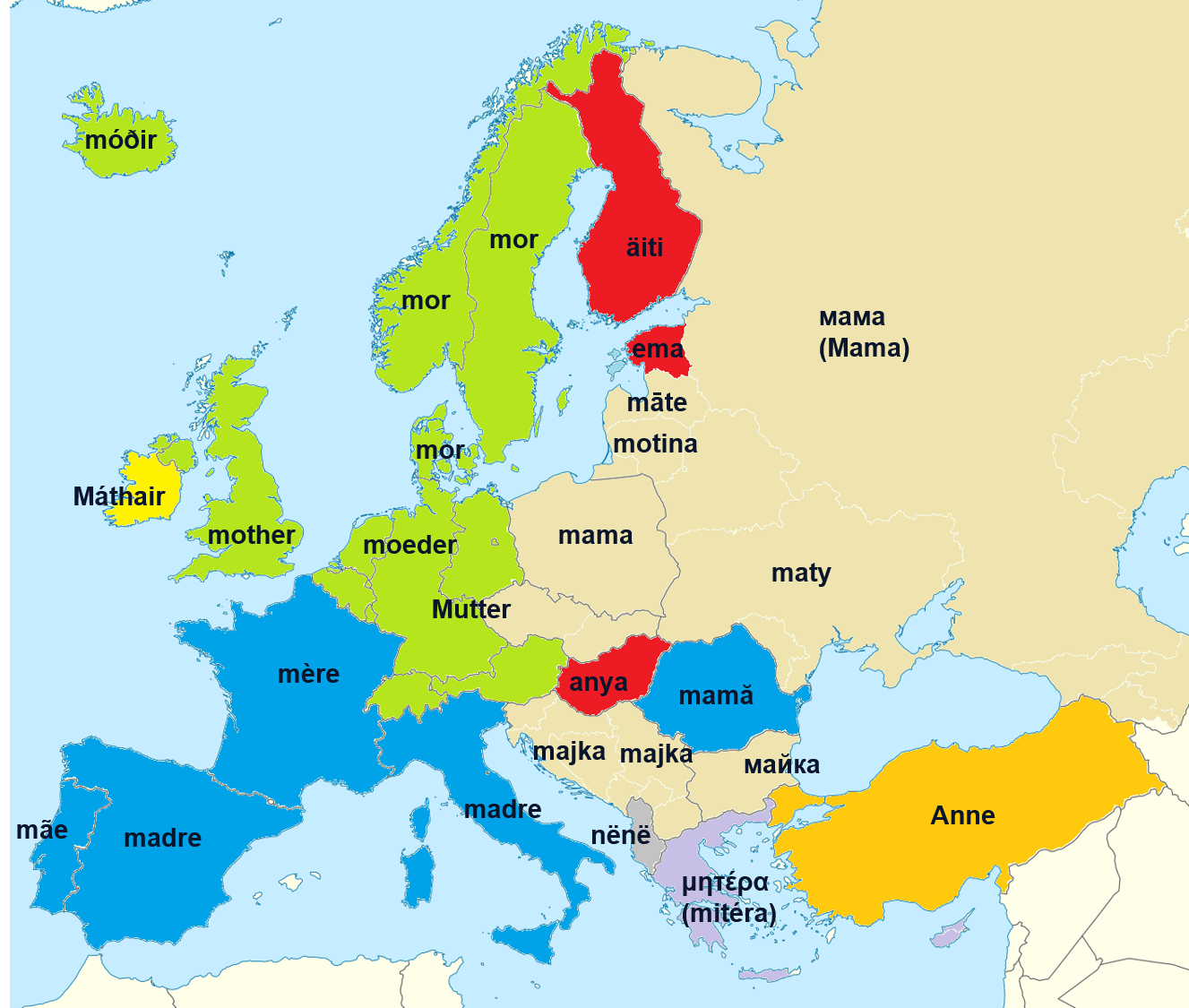1.1 Language Change
Consider the following poems:
Poem A
Hwæt. We Gardena in geardagum,
þeodcyninga, þrym gefrunon,
hu ða æþelingas ellen fremedon.
Poem B
Whan that Aprille with his shoures soote,
The droghte of March hath perced to the roote,
And bathed every veyne in swich licóur
Of which vertú engendred is the flour.
Poem C
Shall I compare thee to a summer’s day?
Thou art more lovely and more temperate:
Rough winds do shake the darling buds of May,
And summer’s lease hath all too short a date;
You may be familiar with poem c as a famous sonnet by Shakespeare. Some of the words, such as thee, may be a little odd, but you can understand it. Poem b may be a little more difficult to understand; but you may see some familiar words there. Try saying it out loud and you will hear even more familiar words from this beginning of Chaucer’s Canterbury Tales. Poem a (the beginning of Beowulf) would be unintelligible to a modern English speaker and sounds more like German. However, this is also English (of Old English) connected to us through a long line of speakers going back to the 7th century.
This shows us that languages change over time and may even change so much as to become different languages. Depending on how we count them, there are about 5000-6000 languages in the world. As languages change, is it possible that there were once fewer languages that then diverged into many over time? We do notice the apparent similarities between languages when we hear familiar words. As you can see in Figure 1.1, the word mother is quite similar in many European languages such as English (mother), Dutch (moeder) and Spanish (madre) but different from Turkish, Finnish and Hungarian. We can also see similarities with far flung languages such as Sanskrit (Mata) and Persian (mâdar).

Detailed analysis of words and other linguistic elements across different languages has shown that most languages in Europe, West and South Asia derive from a common ancestor called proto-Indo-European (or PIE). Analyzing the common words found in theses languages, scholars have tried to determine the common elements of this ancient culture. For examples, proto-Indo-Europeans must have had horses, sheep and chariots as they share these words while they do not have common words for palm trees and vine. There are some languages in Europe which are not descended from PIE including Basque (a language isolate not related to any other language), Finnish, Hungarian and Estonian.
Media Attributions
- Figure 1.1 The word ‘Mother’ in European Languages is an edited version of the European Map by TouN, is licensed under a CC BY-SA 4.0 licence.
A fourteen-line poem using a number of formalized rhyming schemes.
The phenomenon whereby some permanent change is made in the features and uses of language across time.
The theorized ancestral language of the modern Indo-European language family.

